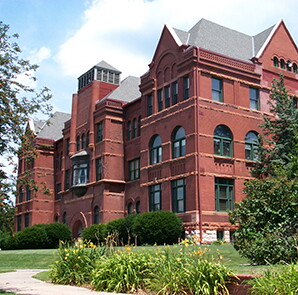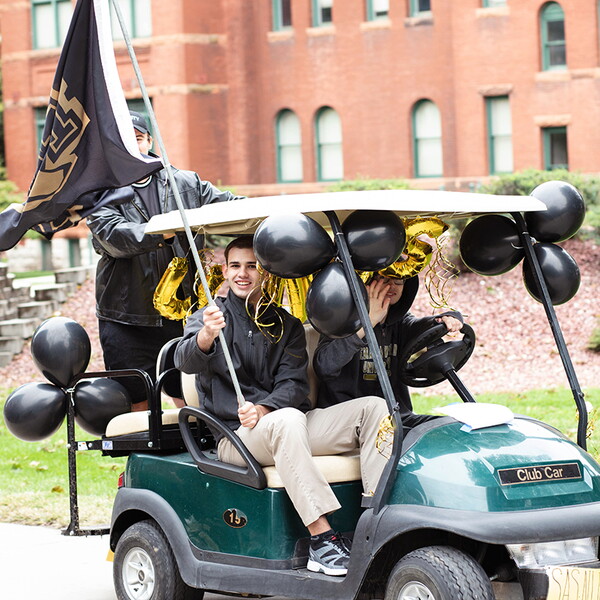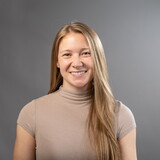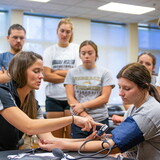It started out as a way to fill a few remaining credit hours required for her exercise science degree. Now Tamra (Trehearn) Llewellyn’s research project is being discussed by running experts across the country.
“It’s a nice surprise,” said Llewellyn, a 2006 graduate of Nebraska Wesleyan University. “I really didn’t expect national attention.”
There is a longstanding debate as to how much stretching long-distance runners should do before a run. Some question whether stretching before a run is even beneficial at all.
The issue was discussed in one of Llewellyn’s classes. It piqued her interest and she decided to look into it some more for an independent study project that would be assisted by professor Bob Buresh. Her research specifically addressed flexibility and its impact on running economy, which is often cited as one of the factors that divide great runners from fast ones.
Llewellyn hypothesized that the less flexible the athlete, the more economical they run. In other words, inflexibility seems to make running easier.
She tested her theory using distance-runners from Nebraska Wesleyan’s track and field team. The runners were given the classic sit-and-reach test, a well-established measurement of hamstring flexibility. A treadmill test followed, which allowed Llewellyn to measure how much oxygen each runner used.
“I looked at both tests and ran a correlation,” she said. “I wasn’t looking for cause and effect but rather a relationship between flexibility and economy.”
The test results supported her hypothesis.
“Those who were less flexible had greater elastic energy storage in their muscles,” said Llewellyn. “They don’t have to use as much oxygen and therefore they are more economical runners.”
Following her graduation from NWU, Llewellyn submitted her research to the Journal of Strength & Conditioning. It was a publication she was familiar with and one she knew the experts read. Her research was published in the journal in January 2009.
The stretching debate recently surfaced again and experts from across the country cited Llewellyn’s research in their discussions. Her research has been cited in the New York Times, Dallas Morning News, Running Times, Canadian Runner, and in Runner’s World Magazine blogs, just to name a few.
Ted Bulling, Nebraska Wesleyan’s track & field coach who also coached Llewellyn in pole vault, said he wasn’t surprised by the results.
“There are many runners who can’t touch their toes,” he said.
Bulling pointed out that the findings don’t mean that stretching is any less important.
“It doesn’t mean you shouldn’t try to improve your flexibility,” he said. “Flexibility is an inherited, genetic trait. Everyone is different. There isn’t a good prescription for what type of stretching is best for runners or how often they should do them.”
Bulling still incorporates good stretching into his runners’ workouts. In recent years, his athletes have stretched more after their runs, which research has shown to be more beneficial.
Llewellyn — a distance runner herself — admits she doesn’t stretch much before a run.
“We know stretching is important for preventing injuries,” she said. “The important thing is that runners find an appropriate balance that works for them.”
Since graduating from Nebraska Wesleyan, Llewellyn has earned a master’s degree in physiology and is now pursuing a Ph.D at the University of Nebraska Medical Center. She hopes to eventually become an exercise science professor.














